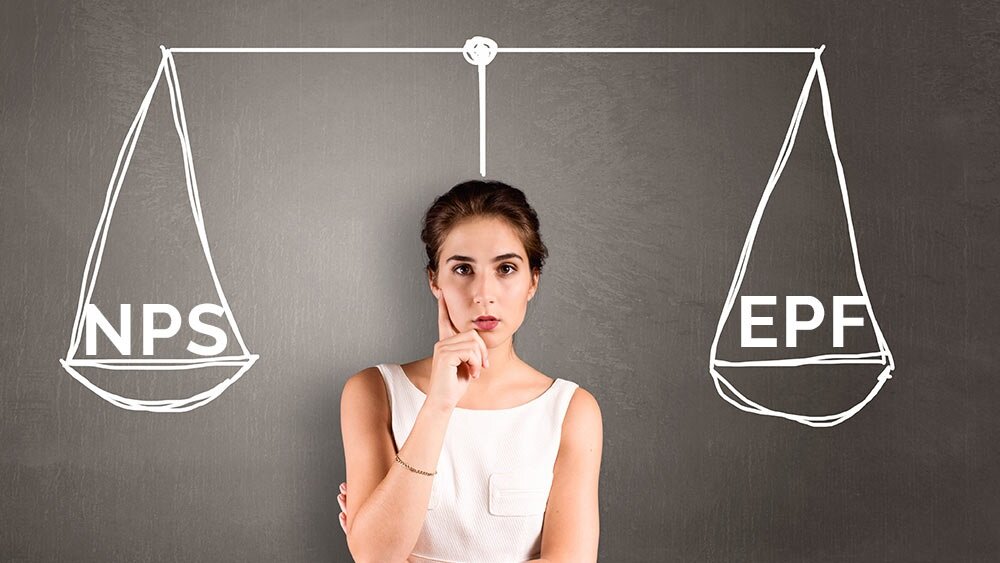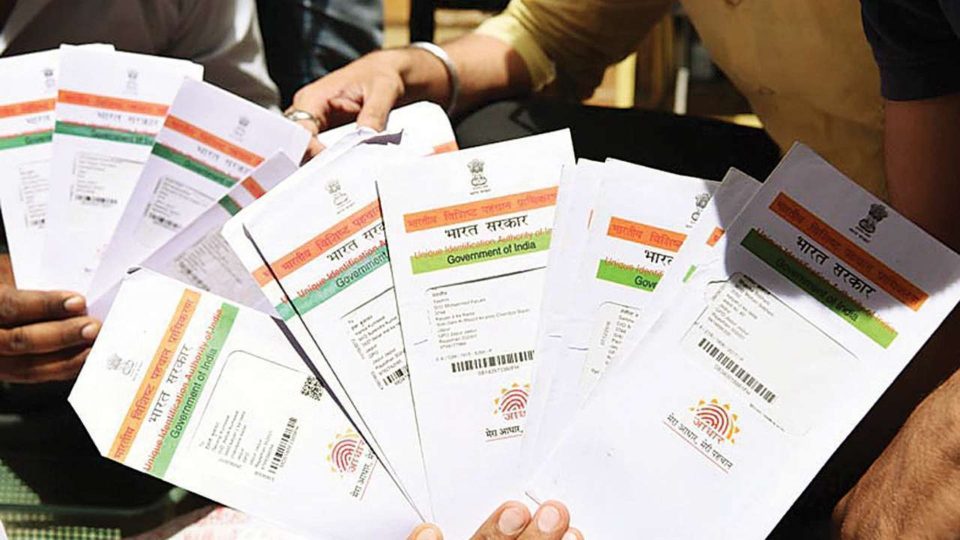The National Pension System or NPS is a zero risk high return offering retirement plan backed by the Government itself. This plan offers multiple benefits including tax savings, a pool of funds to be used in emergencies, a solution to cover post-retirement expenses and more. Moreover, NPS accounts are of two types: Tier-I and Tier-II.
EPF or Employees’ Provident Fund is one of the largest savings and retirement planning schemes, regulated and backed by the Government itself. With this scheme, employees get the chance to contribute a small portion of their salary every month. The contribution is equal to 12 per cent of their basic salary.
Now, if you are confused about which investment option will be more valuable between NPS and EPF then this article will help you.

What’s the Difference Between NPS and EPF?
There are a lot of variations between NPS and EPF, in terms of:
Investment Criteria
NPS: Investors have two types of investment choices: first active and other automatic. With active choice investment, the pool of funds is invested up to 50% in equity and remaining in medium or low returns offering fixed income instruments. Whereas for auto choice, “asset allocation based on the contributor’s age. Equity exposure for government employee contributions is 15% in the Tier 1 account.”
EPF: “EPF contributions are invested in securities issued by the Central and State governments. Additionally, investments are made in PSU bonds and deposits. Market conditions do not have an impact on the contributor’s pension. Annual compounding interest on EPF deposits will be paid to contributors even if bond and security yields are flexible.”
Returns
The average return on NPS investments offered is 9% to 12%. Whereas for EPF the scheme offers a return of 8.15 per annum.
Also read:
PPF Investment: How to Get ₹16 Lakh At Maturity
Income Tax Benefits
For NPS: “Under Section 80C of the Income Tax Act, 1961, investments up to Rs 1,50,000 each financial year are tax-deductible. Additional investments up to INR 50,000 are tax-deductible under Section 80CCD (1B) of the Income Tax Act, 1961. Also, the entire pension fund balance is tax-exempt on maturity.”
For EPF: “Contributions are tax-deductible under Section 80C. Interest and withdrawals are also tax-free. No further benefits are available apart from Section 80C deductions,” as mentioned by scripbox.




